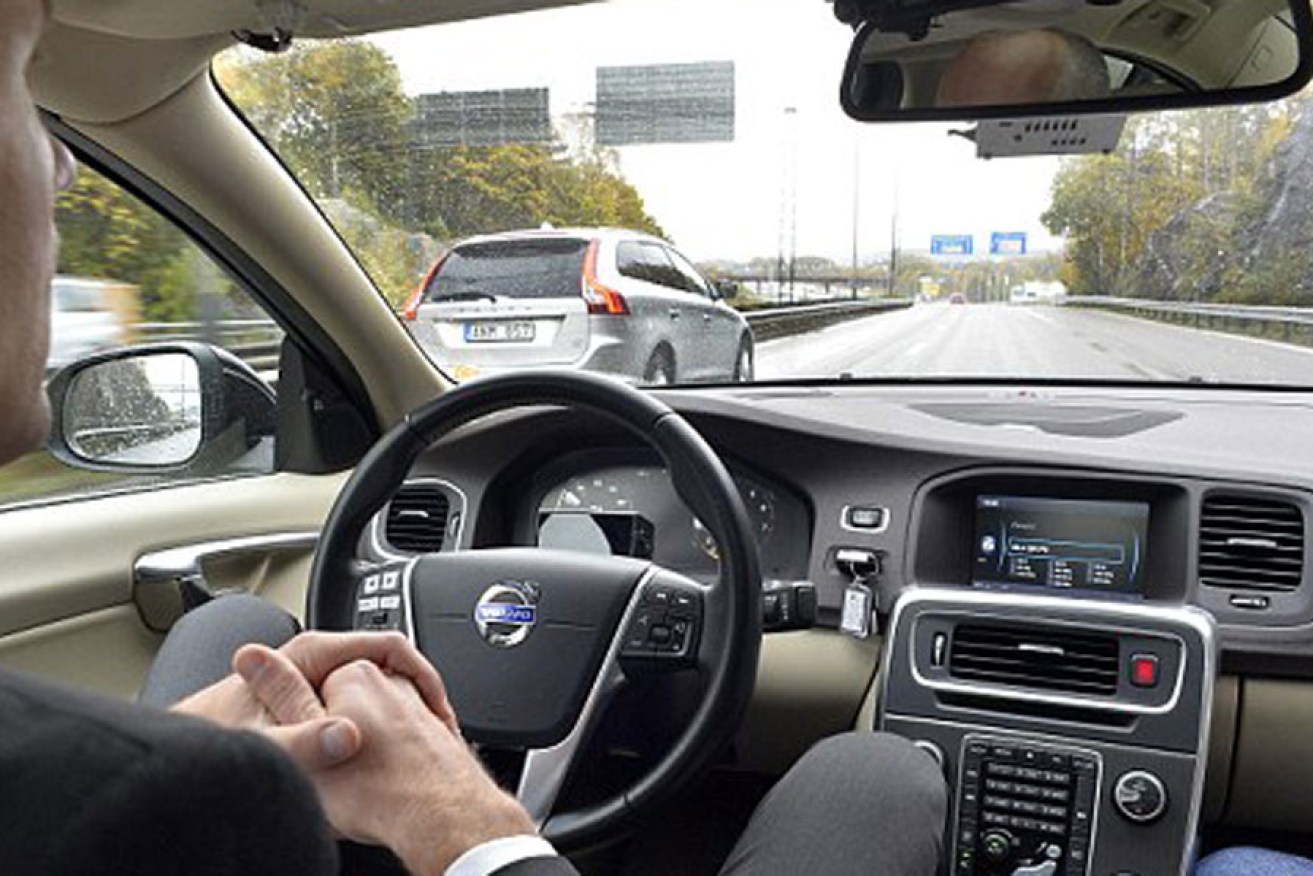Driverless cars should be shared vehicles only
If our cities are going to benefit from the transformative potential of autonomous vehicles, we need to start building a consensus now that they should be implemented strictly as shared vehicles

A Volvo driverless car in action. Image: supplied
None of the long-term transport plans developed for the 25 largest metropolitan areas in the USA take account of the potential impact of driverless cars, according to a new study by University of Pennsylvania academic, Erick Guerra.
Although these cities account for 130,000,000 Americans, only one plan even mentions them.
It’s not that the planners aren’t knowledgeable about driverless cars; indeed, Professor Guerra reports they’re well acquainted with the technical and implementation issues associated with the technology.
Australians shouldn’t think this is a peculiarly American failing; the strategic plans for our capital cities give little substantive consideration to the issue either.
So why the timidity? Professor Guerra says while most of the planners he interviewed believe the impacts are likely to be profound, they think there’s still a great deal of uncertainty about market acceptance, regulatory impact and technology.
Possibilities range from a marginal improvement in the comfort and convenience of driving to a radical transformation in car-ownership and travel patterns with potentially positive and negative effects.
I’d add another reason: transport planning is such a politically loaded exercise it’s no surprise planners and politicians are reluctant to be definitive about how driverless cars might impact on key decisions like infrastructure investment.
Under a scenario where they dramatically increase road capacity and speeds, driverless cars could reduce the demand for new roads. On the other hand, they might increase demand by encouraging longer and more frequent trips.
Or they might provide a substitute for trains and significantly reduce the need for new investment. On the other hand, they might contribute to the demand for rail by providing an attractive mode for “the last mile”.
For my money, the initial implementation of autonomous vehicles will more than likely start with buses and trams.
Boosters tend to conceive the benefits in terms of an idealised world of 100% autonomous vehicles that are all shared.
They emphasise the transformative potential of the technology for reducing the size of the vehicle fleet, increasing effective road capacity, improving safety, and providing more productive in-vehicle travel time.
Naysayers tend to emphasise the implementation problems, especially the transition period when driverless cars will mix it with far more fallible human drivers. They also argue many people will want to have their own driverless vehicle.
So it’s understandable planners and politicians are reluctant at present to give any weight to driverless cars in infrastructure plans. The outlook is too uncertain at this stage and anything substantive in plans would be bound to cause serious political trouble.
Nevertheless, there’s a lot they can and should be doing now; for example, assessing likely regulatory changes. Another important task is preparing for implementations in semi-controlled environments, like planning a network of dedicated on-road lanes for autonomous buses and trams.
For my money, the initial implementation of autonomous vehicles will more than likely start with buses and trams.
But I think the most important action policy-makers can take now is to start the long-term process of shaping public expectations about how driverless cars should be implemented in cities.
If they’re accepted as merely an evolution of current car ownership and usage patterns, then the transformative potential will largely be foregone. Indeed, it’s likely that by lowering the time cost of travel, driverless cars might increase trip making, trip lengths, traffic congestion and sprawl.
Policy-makers should seek to build a consensus that the only sensible way – indeed the only acceptable way – to implement driverless cars in Australian cities is if they are strictly:
- Shared vehicles, like a taxi or a hire car. Individuals, households and businesses shouldn’t own them.
- Paid for according to use e.g. by the kilometre/minute, including external costs like congestion. (1)
This is the only way the promised benefits of a dramatically smaller car fleet and reduced parking requirement can be realised. It is the only way the risk of significantly increased travel can be avoided. (2)
It’s at odds with the idea we should be able to own a car, driverless or otherwise, provided we pay for it; but I expect the social benefits from sharing vehicles would far exceed the cost of denying private ownership.
- There are other attributes like renewable power that would be sensible too, but aren’t intrinsic to the issue of autonomous vehicles
- Other promised benefits, like higher road capacity, lighter vehicles and improved safety, are only likely to be realised in a controlled environment i.e. where all cars are driverless.
This article was first published at Crikey’s Urbanist blog.




